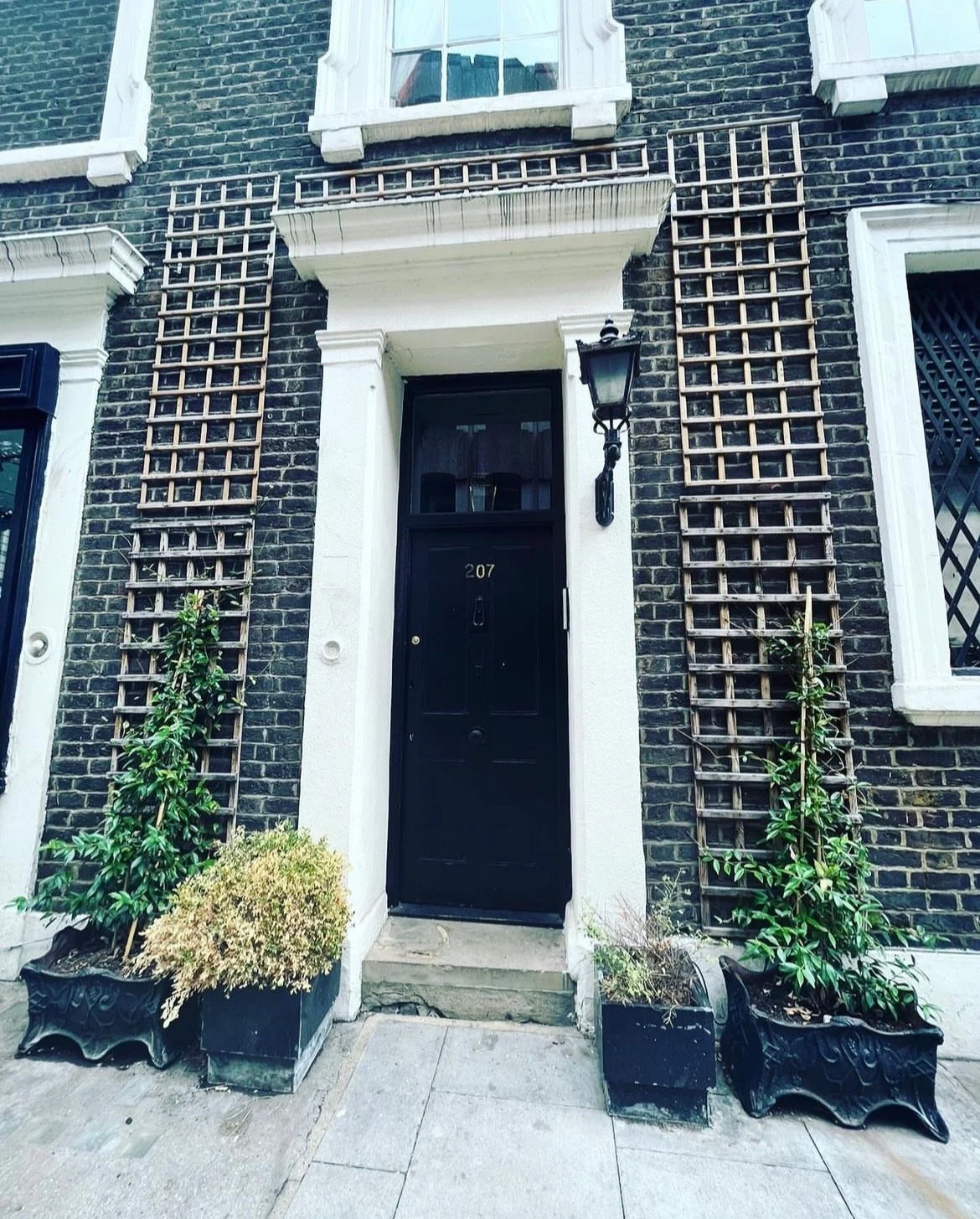
Retrospective Planning
Retrospective listed building consent applications are essential when alterations or renovations have been made to a listed building without obtaining the necessary consent. Although carrying out works without listed building consent is a legal violation, there are instances where it may happen inadvertently or due to a lack of awareness of the requirements. In such cases, AD Heritage Services can provide invaluable assistance.
As specialists in retrospective applications, AD Heritage Services work closely with homeowners and local planning authorities to rectify the situation and bring the building into compliance with preservation regulations. The first step in this process is to thoroughly assess the alterations that have been made to the listed building. This includes examining the nature and extent of the works, as well as evaluating any potential impact on the historical significance of the structure.
Once the assessment is complete, AD Heritage Services collaborates with homeowners and local planning authorities to prepare a comprehensive retrospective listed building consent application. This involves outlining the details of the works, explaining the reasons behind the lack of initial consent, and proposing appropriate measures to mitigate any negative impact on the building's historic fabric. By working closely with all parties involved, AD Heritage Services aims to rectify the situation and ensure that the listed building is brought back into compliance with the necessary regulations, thus preserving its historical value and integrity.



